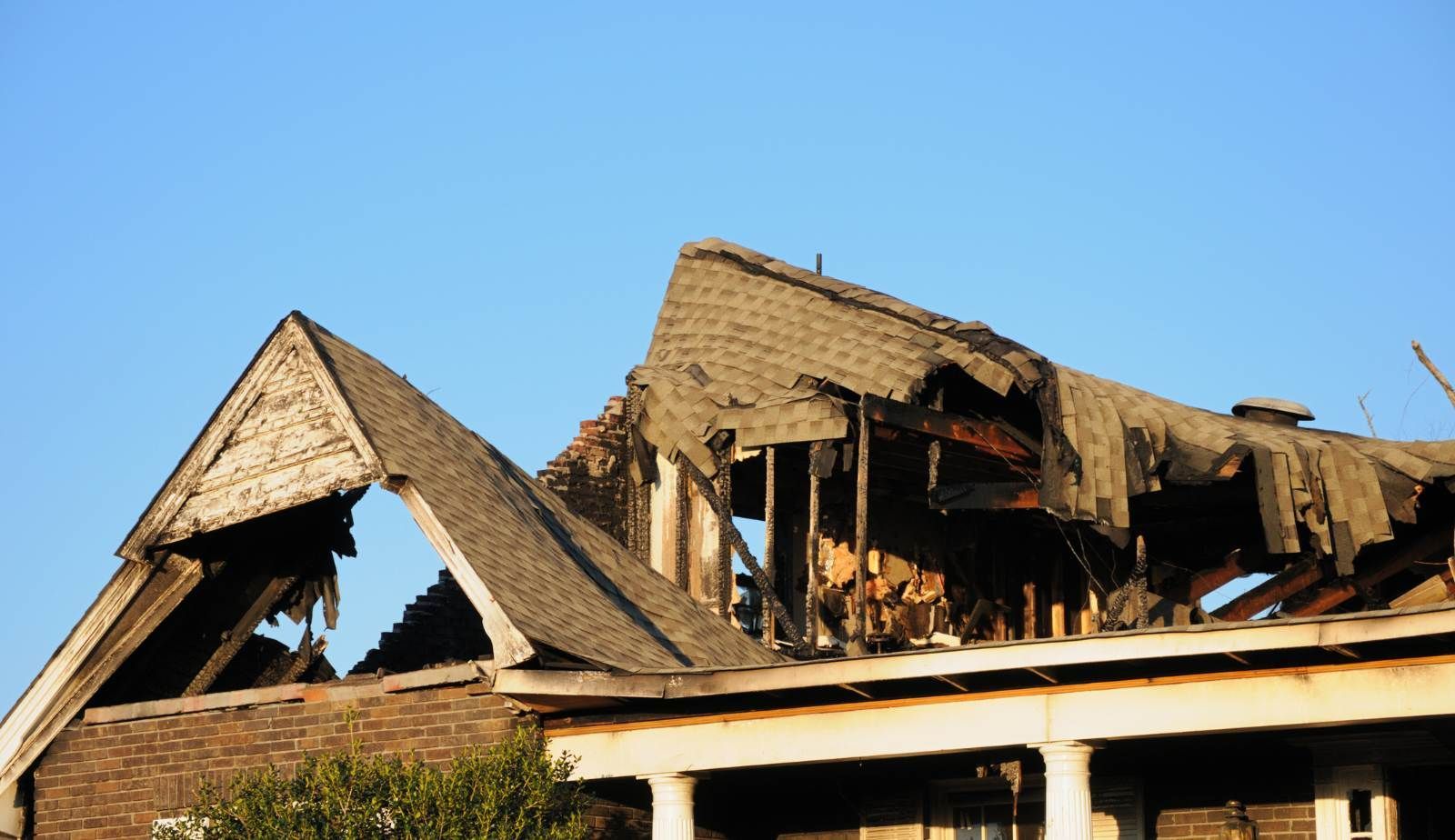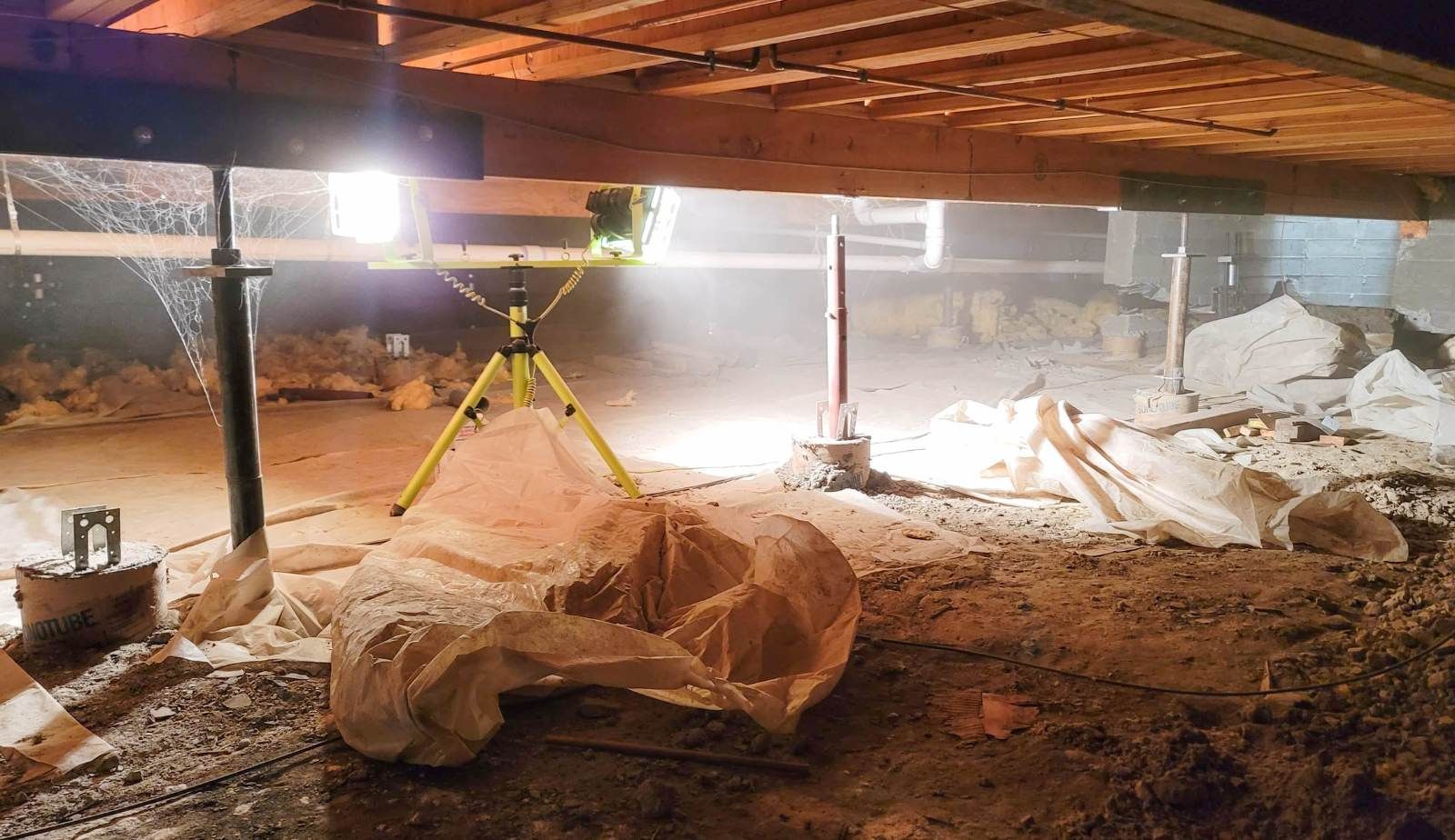Managing Flood Cleanup in Louisiana Buildings
When faced with a flood, Louisiana homeowners should prioritize restoring the property as quickly as possible in order to protect health and prevent further damage to the house and its contents.
Gulfcoast floods are terrible and unfortunate events; however, they are inevitable natural disasters. Immediately following a flood, there is a great deal of stress and countless things to consider. If appropriate precautions are not taken after a flood, you might be putting you and your family in immediate danger, or you could end up setting yourself and your family up for future dangers.
Tips For Handling Cleanup After a Flood
The amount of property damage after a natural disaster will largely be dependent upon how quickly you respond to an emergency occurrence like a flood. If your Louisiana property suffers a major flood, you should entrust the flood cleanup to skilled and experienced emergency flood damage restoration professionals. Here are a few things to think about following the flood.
Re-entering your Louisiana property after a flood
- Use caution when re-entering your home after a flood.
- Do not re-enter your home until you are sure it is safe.
- If the main power switch was not turned off prior to flooding, do not re-enter your home until a qualified electrician has determined it is safe.
- The main electrical panel must be cleaned, dried, and tested by a qualified electrician to ensure that it is safe.
- Appliances that may have been flooded pose a risk of shock or fire when turned back on. Do not use any appliances, heating or sewage systems until electrical components have been thoroughly cleaned, dried, and inspected by a qualified electrician.
- Depending on where you live, your municipal authority may be responsible for the permitting process before your electric utilities can be turned back on.
Making sure the structure is safe
- Make sure the building is structurally safe. This may require a structural engineer.
- Look for buckled or damaged walls or floors.
- Watch for holes in the floor, broken glass and other potentially dangerous debris.
Is there still standing water in present inside
- Flood water can be heavily contaminated with pathogenic bacteria from sewage and other pollutants. It may cause sickness and infections.
- If your tap water smells, looks or tastes bad, don’t drink it.
- Household items that have been flood-damaged may have to be discarded according to local regulations.
Did any important documents get wet
- Store all valuable documents that got wet in a freezer until they are needed (After your cleanup, consult your lawyer to determine whether flood-damaged documents, or just the information in them, must be retained).
- Record as much of your flood damaged home by photograph or video, if possible.
- Advise your insurance agent immediately of the amount of damage to your home and belongings.
Flood damage restoration tips
- Protect yourself during flood cleanup.
- Minimize contact with floodwater or anything that may have been in contact with it.
- Keep children away from contaminated areas during cleanup operations.
Flood cleanup equipment
- Gloves (preferably rubber)
- Respiratory protection: Masks with P100 filters for potential airborne mold
- Mops, buckets, garbage cans (without holes) and squeegees
- Plastic garbage bags
- Unscented detergent
- Large containers for soaking bedding, clothing and linens, and clotheslines to hang them to dry
- Depending on your situation, you may need to rent additional equipment such as extension cords, submersible pumps, wet/dry shop vacuums, a carbon monoxide sensor and dehumidifiers, fans or heaters.
- When using the equipment, keep extension cords out of the water.
How to remove the flood water from a structure
- Remove flood waters from your home slowly. Drain it in stages – about one third of the volume daily – because if the ground is still saturated and water is removed too quickly, the walls or the floor could buckle.
- Use pumps or pails to remove standing water, then a wet/dry shop vacuum to mop up the rest.
- For instructions on how to disinfect and restore wells and cisterns, contact your local health authorities or emergency management coordinator.
- Keep in mind that water left behind due to insufficient extraction or dry out can mean serious damage for your NJ property over time. A professional water mitigation company will have equipment and training to thorough remove the flood water from your home.
Check appliances and heaters after a flood
- Do not heat your home to more than 40°F until all of the water is removed.
- If you use pumps or heaters powered by gasoline, kerosene or propane, buy and install a carbon monoxide sensor. These devices can produce large amounts of carbon monoxide if they’re not properly ventilated.
- Do not use flooded appliances, electrical outlets, switch boxes or fuse-breaker panels until they have been checked by your local utility.
- Whether you use a wood, gas or electrical heating system, have it thoroughly inspected by a qualified technician before using it again. Replace the furnace blower motor, switches and controls if they have been soaked.
- Flooded forced-air heating ducts and return-duct pans should be either cleaned or replaced.
- Replace filters and insulation inside furnaces, water heaters, refrigerators and freezers if they have been wet. However, it is often cheaper to replace this equipment.
Dirt and debris from flood waters
- Remove all soaked and dirty materials as well as debris.
- Remove drywall, wood paneling and insulation at least 2 feet above the high-water line.
- Hose down any dirt sticking to solid-wood furniture then rinse several times.
- Wash and wipe down all surfaces and structures with unscented detergent and water.
Clean floor drains after a flood
- Flush and disinfect floor drains and sump pumps with detergent and water. Scrub them to remove grease, dirt and grime.
- Clean or replace footing drains outside the foundation when they are clogged. Consult a professional for advice or service.
Drying your home after a flood
- Ventilate or dehumidify the house until it is completely dry. This is usually best left to professional flood restoration and drying companies.
- Replace flooring that has been deeply penetrated by flood water or sewage.
Drying carpets and furniture after a flood
- Carpets must be dried within the first two days. For large areas, hire a qualified professional to do the job. Carpets soaked with sewage must be discarded immediately.
- Remove residual mud and soil from furniture, appliances, etc.
- If items are just damp, let the mud dry and then brush it off.
- To test if material is dry, tape clear food wrap to the surface of the item. If the covered section turns darker than the surrounding material, it is still damp. Dry until this no longer occurs.
- For upholstered furniture you should consult a professional to see what can be salvaged. In the meantime, remove cushions and dry separately. Do not remove upholstery. Raise furniture on blocks and place fans underneath.
- Wooden furniture: Remove drawers and open doors. Do not dry quickly or splitting may occur.
How to handle mold contamination after a flood
- Mold can develop within 24 hours after a flood. It may also lead to serious health problems.
- You may need to have your home professionally cleaned for it to be covered by insurance. Check with your insurance company.
- If you are cleaning up in a room where mold is present, wear a face mask and disposable gloves.
- To minimize mold growth, move items to a cool, dry, well ventilated area within 24 hours and set up fans.
- Alternatively, textiles, furs, paper and books can be frozen until they are cleaned.
- In the event of a serious mold contamination following a flood, you will need to consult a mold remediation professional to cleanup any mold caused by flooding.
What to throw away after a flood
- All insulation materials, carpet, and anything other non-salvageable building materials. Throw away all porous materials that have no sentimental value: particle board furniture, mattresses, box springs, stuffed toys, pillows, padding, cushions and furniture coverings that have been exposed to flood water.
Before you move back in-- Once the flood waters have receded, you must not live in your house until:
- The regular water supply has been inspected and officially declared safe for use.
- Every flood-contaminated room has been thoroughly cleaned, disinfected and surface-dried.
- All contaminated dishes and utensils have been thoroughly washed and disinfected – either by using boiling water or by using a sterilizing solution of one part chlorine bleach to four parts water. Rinse dishes and utensils thoroughly.
Safe, Effective & Immediate Flood Damage Restoration Following a Louisiana Flood
As a Louisiana homeowner, you can play a key role in containing flood damage to your home. While there is a lot you can do on your own to minimize the situation and start the cleanup process, you will need the help of a water restoration professional if you wish to properly and thoroughly dry out your property. A local water restoration professional in Broussard will have the necessary flood cleanup equipment and training to effectively extract all water and effectively dry out your building materials. Technicians are trained to safety remove and dispose of any non-salvageable contents and/or building materials. If you are in need of water damage restoration after a major flood, call DryMax Restoration today -- 337-428-3932.
You might also like
DryMax Restoration Blogs




